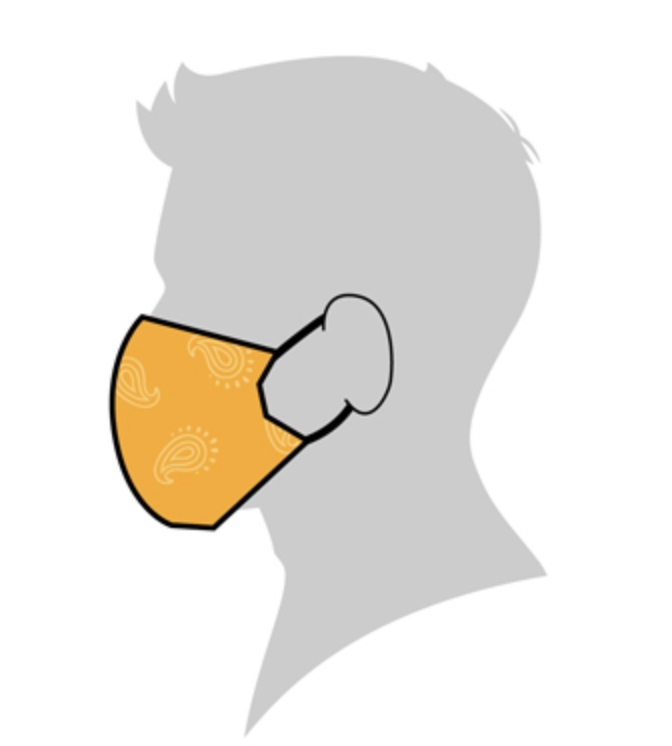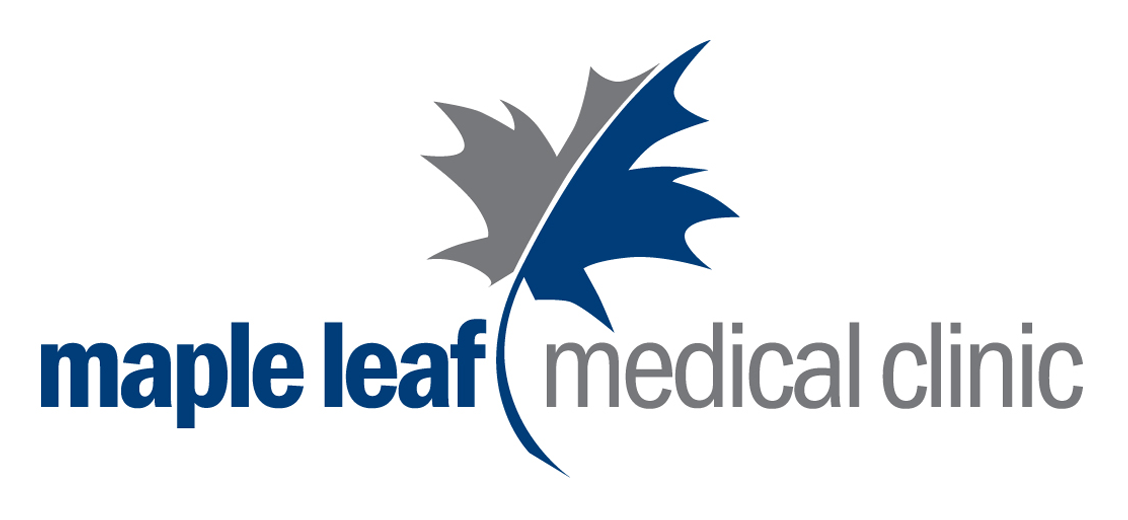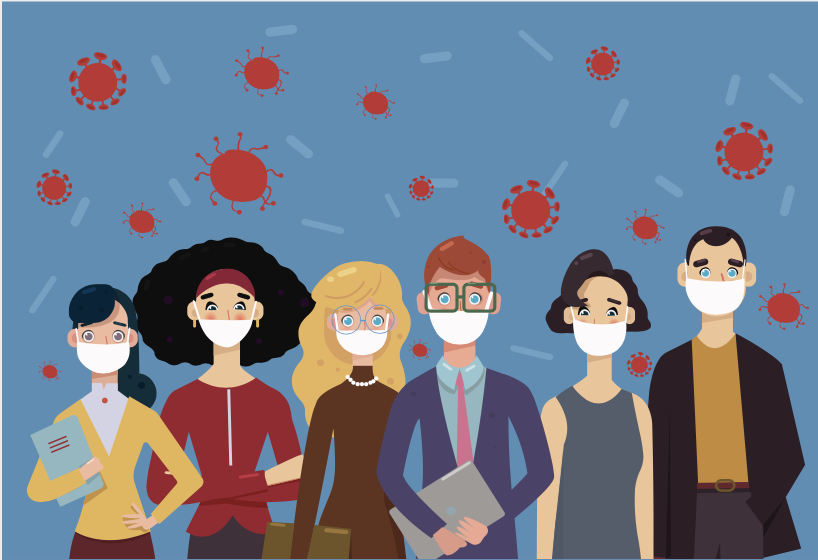Wear a non-medical mask or face covering to prevent COVID-19 spread
Chief Medical Officer 03NOV20 Communication: Use of Non-Medical Masks by The Public.
Strong public health actions are needed to prevent the spread of COVID-19.
To protect yourself and others, wear a non-medical mask or face covering when:
- you're in public and you might come into close contact with others
- you're in shared indoor spaces with people from outside your immediate household
- advised by your local public health authority
The mask acts as a barrier and helps stop the tiny droplets from spreading when you cough or sneeze. Some people can spread the virus when they have very mild symptoms or may be unaware they are infected. In this case, wearing a mask can help in containing your own droplets and protect others but it is important to remember that this is just one step in protecting you from contracting COVID-19, it needs to be used together with other preventive measures, such as frequent hand washing and physical distancing.
Appropriate use of non-medical mask or face covering (see Video)
Well-designed and well-fitting masks or face coverings can prevent the spread of your infectious respiratory droplets. They may also help protect you from the infectious respiratory droplets of others.
How well a mask or face covering works depends on the materials used, how the mask is made, and most importantly, how well it fits.
A mask or face covering can be homemade or purchased, and should:
- be made of at least 3 layers
- 2 layers should be tightly woven material fabric, such as cotton or linen
- the third (middle) layer should be a filter-type fabric, such as non-woven polypropylene fabric
- be large enough to completely and comfortably cover the nose, mouth and chin without gaping
- allow for easy breathing
- fit securely to the head with ties or ear loops
- be comfortable and not require frequent adjustments
- be changed as soon as possible if damp or dirty
- maintain its shape after washing and drying
Face shields
Face shields do not replace masks or face coverings.
A face shield is used to protect the eyes of the person wearing it. Using a face shield without a mask won't protect:
- you from potentially inhaling infectious respiratory droplets exhaled by others
- others from your infectious respiratory droplets, as they can escape around the face shield
If you're unable to wear a mask or face covering, you may want to wear a face shield. Choose one that extends around the sides of the face and below the chin. You'll still need to:
- maintain physical distancing of 2 metres
- practise good hand hygiene, especially if you touch the face shield
Neck gaiters (neck warmers)
Neck gaiters (also known as neck warmers) aren't recommended because they:
- aren't well secured to the head or ears, and are likely to move or slip out of place
- are difficult to remove without contaminating yourself
If a neck gaiter must be used as a face covering:
- it should be folded to provide at least 3 layers of fabric and should include a filter or filter fabric added between layers
- lift it away from your face, especially when taking it off
- wash your hands or use alcohol based hand sanitizer anytime you need to adjust it, especially when putting it on and taking it off
Masks with exhalation valves
Masks with exhalation valves or vents are not recommended. These masks do not protect others from COVID-19 or limit the spread of the virus. This is because they allow infectious respiratory droplets to spread outside the mask.
COVID-19: How to safely use a non-medical mask or face covering
 Do's
Do's
- Do wear a non-medical mask or face covering to protect yourself and others.
- Do ensure the mask is made of at least 3 layers, including 2 layers of tightly woven fabric, with a filter or filter fabric between layers.
- Do inspect the mask for tears or holes.
- Do ensure the mask or face covering is clean and dry.
- Do wash your hands or use alcohol-based hand sanitizer before and after touching the mask or face covering.
- Do use the ear loops or ties to put on and remove the mask.
- Do ensure your nose and mouth are fully covered.
- Do replace and launder your mask whenever it becomes damp or dirty.
- Do wash your mask with hot, soapy water and let it dry completely before wearing it again.
- Do store re-usable masks in a clean paper bag until you wear it again.
- Do discard masks that cannot be washed in a plastic lined garbage bin after use.
Don'ts
- Don't wear masks with exhalation valves or vents.
- Don't wear a loose mask.
- Don't touch the mask while wearing it.
- Don't remove the mask to talk to someone.
- Don't hang mask from your neck or ears.
- Don't share your mask.
- Don't leave your used mask within the reach of others.
- Don't reuse masks that are damp, dirty or damaged.
Remember, wearing a non-medical mask or face covering alone will not prevent the spread of COVID-19. Stay at home if you're sick, wash your hands often and practise physical distancing.
We purchased masks from Canada Mask Supply and feel they are a good option as they are made of medical-grade polypropylene and follow the CDC recommened pattern. Another option is to make your own homemade face covering by following Health Canada's Sew and No-Sew Instructions.
Cover Image Artist: Pensee Sauvage/Shutterstock.com


